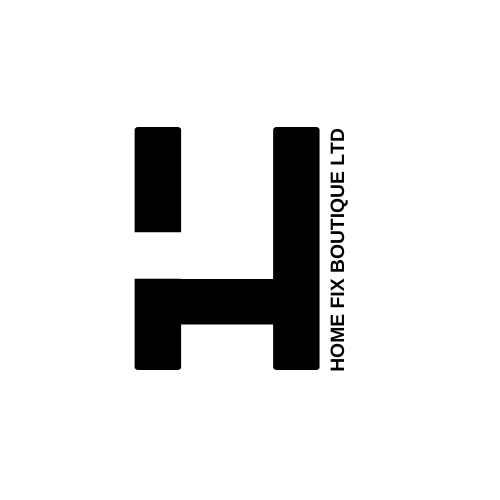Modern design is a style of interior design that emerged in the early twentieth century and continues to inspire contemporary interior designers.
What Is Modern Design?
Modern design is an interior design style characterised by a monochromatic colour palette, clean lines, minimalism, natural materials, and natural light. It refers specifically to a historical aesthetic movement that took place during the early to mid-twentieth century. Though it is often confused—or used interchangeably—with the term "contemporary design," modern design is its own distinct style.
A Brief History of Modern Design
Modern design is rooted in modernism, the turn-of-the-century movement characterised by an emphasis on abstract thinking, functionality, and stark, simple forms.
- German and Scandinavian roots: You can trace the origins of modern design to German Bauhaus design and Scandinavian design. Also known as Staatliches Bauhaus, Bauhaus was a German school of design and subsequent art movement in the early twentieth century that married fine art and functionality in the visual arts, decorative arts, and architecture. The modern design aesthetics of the Bauhaus school include minimalistic functionality and experiments with shape.
- Modern art influence: Modern home design grew out of the modern art movement, which rejected the maximalist tendencies of Victorian design in favor of a form-follows-function philosophy. New technologies, industrialisation, and access to building materials like steel and concrete also informed modern art and architecture from the 1920s to the early 1950s. Clean lines, floor-to-ceiling windows, open living spaces, and flat roofs became the dominant style of this era.
- Lasting legacy: By the end of World War II, young architects had begun to criticise the stark nature of minimalism. By the 1960s, minimalist sensibilities began to give way to a rebirth of ornamentation and postmodernism. Still, modernism’s legacy continues to live on in iconic buildings and as an inspiration for contemporary architecture.
5 Defining Elements of Modern Design
If you're looking to incorporate the modern look in your home, consider the following modern design ideas.
- 1. Clean lines: Modern homes are constructed with clean, straight lines and minimal ornamentation.
- 2. Minimal home decor: Modern spaces are free from clutter and unnecessary flourishes. Modern decor prioritises functionality over fashion.
- 3. Neutral colours: Modern style steers clear of bright colours in favour of a monochromatic, neutral color palette. Think white, beige, grey, black, and pastel tones.
- 4. Open floor plan: Use furniture instead of walls to differentiate between the spaces of an open plan home. For example, a kitchen island can separate a kitchen from the dining room, and a sectional sofa can bring definition to an open living room.
- 5. Low and long furniture: Long furniture pieces situated low to the ground can give your home a modern look if they’re also made from natural materials like unpainted wood or metal. Leather and fabric upholstery, wood veneers (such as those used to create the classically mid-century modern Eames chair), glass, chrome, steel, and concrete are also popular finishes for modern furniture.
Modern vs. Contemporary Interior Design: What’s the Difference?
Modern design refers to the aesthetic style of a specific historical moment, whereas contemporary design refers to the ever-evolving styles of the current moment. Contemporary style does not encapsulate a specific philosophy of design but is instead a blanket term given to describe the interior design trends of today, which are not necessarily rooted in any particular design style.


